“Those who cannot remember the past are condemned to repeat it! (George Santayana-1905). In a 1948 speech to the UK House of Commons, Winston Churchill changed the quote slightly when he said (paraphrased), “those who fail to learn from history are condemned to repeat it.”
And more recently: “History is not there for you to like or dislike. It is there for you to learn from. And if it offends you, even better because then you are less likely to repeat it. It is not yours to erase. It belongs to all of us.” (anon)
To see the latest additions, updates, amendments and corrections please go to the What’s New drop-down menu. To make the best use of this site for research purposes click on the drop down menu title for a general overview of that topic… then you can access the specific drop down subjects for elaborating and/or more specific information.
By the way, if you are worried about the current international situation and are looking for specific information about what you can do to prepare yourself and your family for the (hopefully unlikely) event of a nuclear war consider going to THIS LINK for a compilation of pertinent information sources .
To contact Dave please use davescoldwar@gmail.com.
(Please do not send junk mail, solicitations, spam, etc., as it will just be immediately deleted and then your email will be blocked).
Be advised: There are many excellent more authoritative sources of information about civil defence and the Cold War & Canada on the internet (academic papers, cold war and civil defence websites, etc.) and in books and pamphlets. A few of these I reproduce on this site; others I provide reference links to. Remember this is only my “take” on these topics. There are many other points of view on the subject of civilian preparations for nuclear war, some quite controversial!
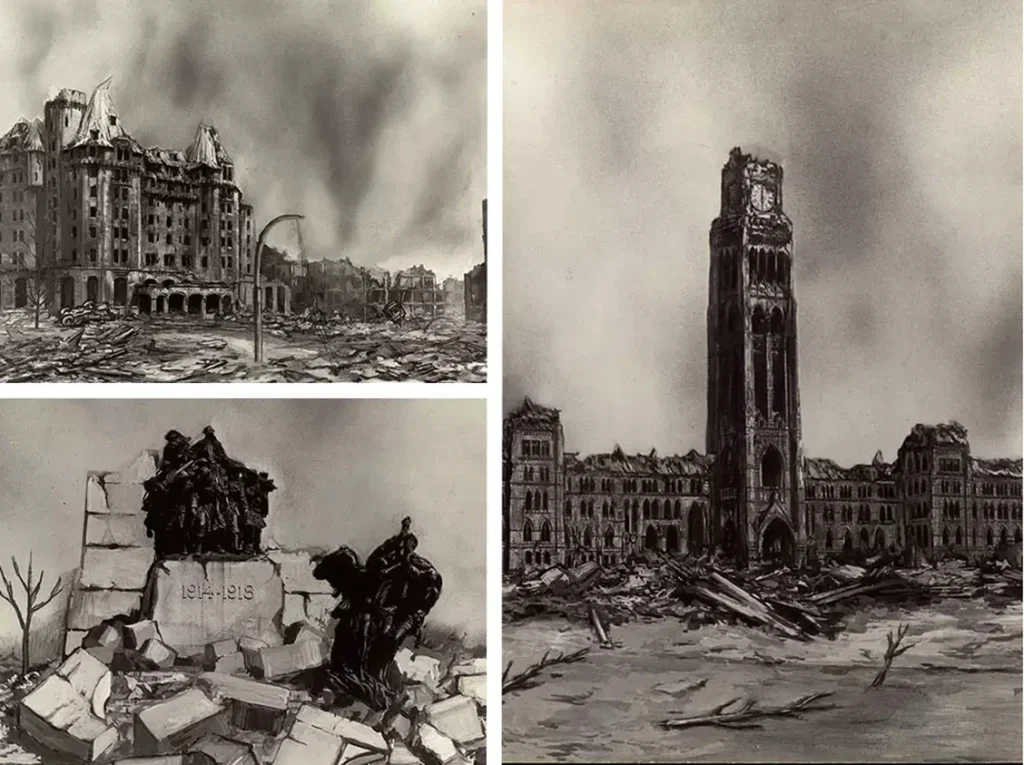
 Artists conception of the Chateau Laurier, the National War Memorial and the Parliament Buildings after a Nuclear Attack on Ottawa. This image is originally from a large illustrated book detailing the efforts being made by the federal government to encouraged Canadians to get serious about making preparations for a potential nuclear attack by the Soviets. The book should be available in the Diefenbunker, CCWM Archive. Btw this archive was originally set up and for many years was maintained by former Parks Canada Conservator Doug Beaton (mostly at his own expense.
Artists conception of the Chateau Laurier, the National War Memorial and the Parliament Buildings after a Nuclear Attack on Ottawa. This image is originally from a large illustrated book detailing the efforts being made by the federal government to encouraged Canadians to get serious about making preparations for a potential nuclear attack by the Soviets. The book should be available in the Diefenbunker, CCWM Archive. Btw this archive was originally set up and for many years was maintained by former Parks Canada Conservator Doug Beaton (mostly at his own expense.To set the scene for your perusal of the rest of this website you should check out this article from the 2017 Ottawa Citizen by Journalist Tristin Hopper: When Canada Prepared for Nuclear Annihilation, Especially chilling is the image of an attack warning siren with ability to interact and hear the sounding of a siren and the CBC announcer giving instructions that accompanies it*. Such prerecorded announcements were on reel-to-reel tapes stored in the CBC broadcast studios in the CEGHQ and the REGHQs (available for use in case the predesignated announcer did mot make it to his assigned ‘bunker’).
*Please note that one can actually listen to the siren sounding and hear the announcer by clicking on the bars below the siren image. The article has ads but is very much worth reading (including accessing the other the embedded interactive image, the Google Map depicting the former locations of nuclear warning sirens in Edmonton prepared by Canadian Cold War Historian Andrew Burtch).
Site Overview…
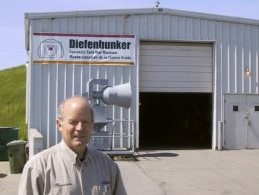
Note from Dave Peters….Living and working in the second half of the 20th Century I witnessed many of the events of the Cold War (and was even a minor player in some of them). How close we came to Armageddon* during that very dangerous 1945 to 1990 period is unlikely to ever be really accurately determined but my own knowledge and experiences suggest we were often precariously teetering on the edge of oblivion. My time in the Canadian Military (Air Force and Army) and later with the Federal Government’s organization responsible for Civil Defence, gave me a closeup view of the potential horrors involved in trying to survive and maybe even recover from an all out nuclear war. For much of the 1980s into the early 1990s I was the federal official charged with the civilian readiness of Canada’s federal and regional (provincial) emergency government shelters (as well a a few other related programs such as the GEOCC, Essential Records and Vital Points). The purpose of this site is to record for future availability what I know about Canada during the Cold War in particular what was done about civil defence and its associated civil protection programs and arrangements. Very little of what is on this site is analytical; I leave that to the professional historians. I will try to be as objective as possible and I will identify when I am expressing my opinions as opposed to presenting factual information.
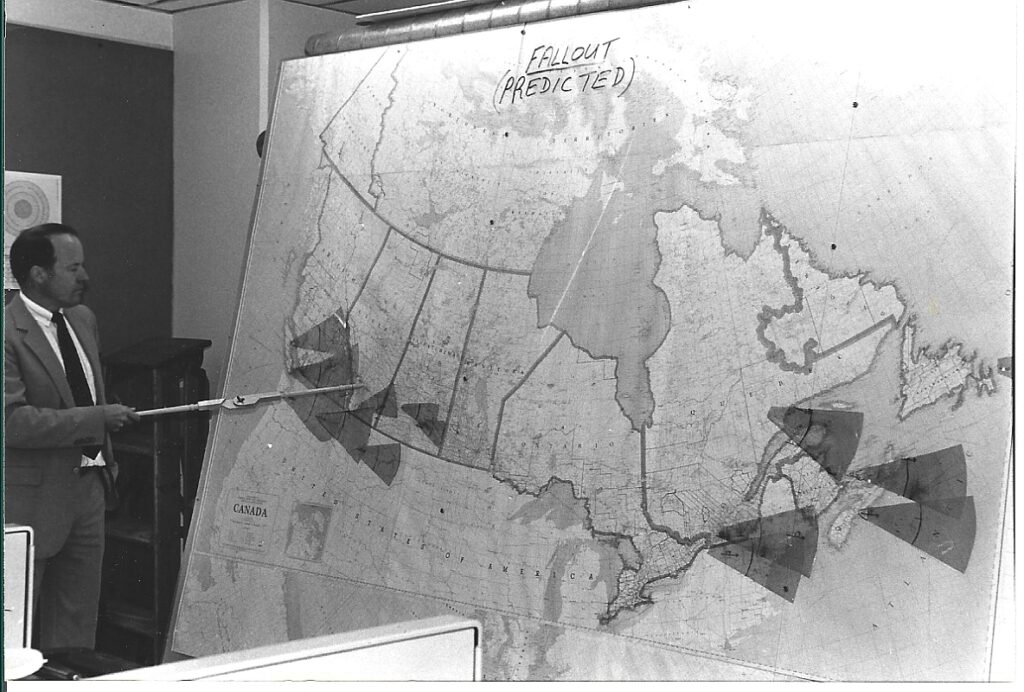
Just recently one of the original founders of the Diefenbunker Museum (Connie Higginson) came across the photo to the left. It probably dates to about 1984 which would explain the rather crude lettering of the map title because at that time Emergency Government Situation Center (EmGovSitCen) was in the process-of-being-renovated & upgraded.
ORGANIZATION of this Site
The overall plan of this site is to flow from the ‘general’ to the ‘specific’; from the broad spectrum of the Cold War (events, threats, counter-threats, etc.) and how Canada was involved, through the panoply of responses by governments, institutions and individuals eventually arriving at some of the specific plans and arrangements put in place to address the protection of the Canadian people.
Cold War -Threats/Responses >>> Civil Defence >>> Continuity of Government >>> Emergency Government Facilities >>> CEGHQ (Diefenbunker) >>> Diefenbunker, Canada’s Cold War Museum.
As well I have included some drop down menus with more peripheral and supplementary ‘stuff’ for general interests sake. Videos and video links, other relevant websites, pertinent books and documents, even various types of music are there for your review. Don’t forget to take a look at the variety of Blogs which I hope to continue adding to as some interesting topic comes to mind.
A
Site Content…
“I do not know with what weapons World War III will be fought, but World War IV will be fought with sticks and stones.” – Albert Einstein.
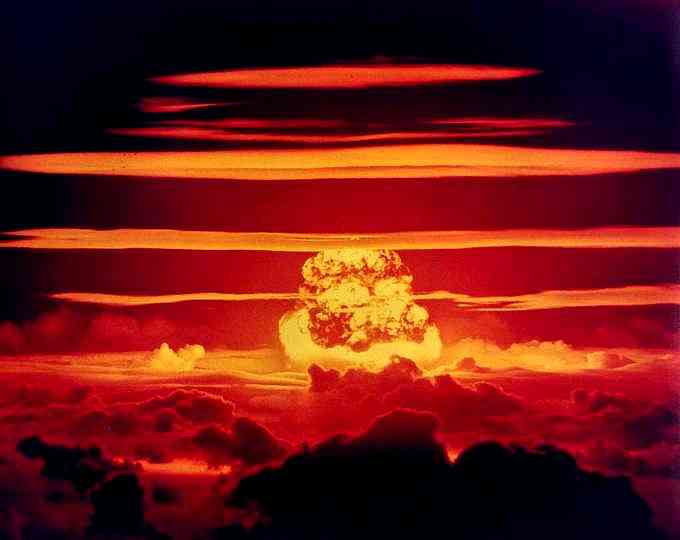
The threat to humanity was serious, clear, and omnipresent. Canada’s close proximity to the US (the main opponent) of the USSR put us in the crosshairs. We joined NATO and NORAD; they formed the Warsaw Pact and for over four decades the world faced Armagedon. Miraculously the Cold War (possibly only Cold War One) ended in 1989 not with a bang but a whimper.
“If the Third World War is fought with nuclear weapons, the fourth will be fought with bows and arrows.” – Lord Louis Mountbatten
Post WWII in the late 1940s an Iron Curtain came crashing down through the heart of European civilization dividing and separating nations, cultures and even families as had occured only rarely in previous human history. The clash between Communist totalitarianism and Western capitalist democracies, both technologically advanced societies, led to the development and deployment of increasingly deadly weapons of mass destruction, the build up of huge military forces and alliances and a worldwide competition for the hearts and minds of large non-aligned populations.
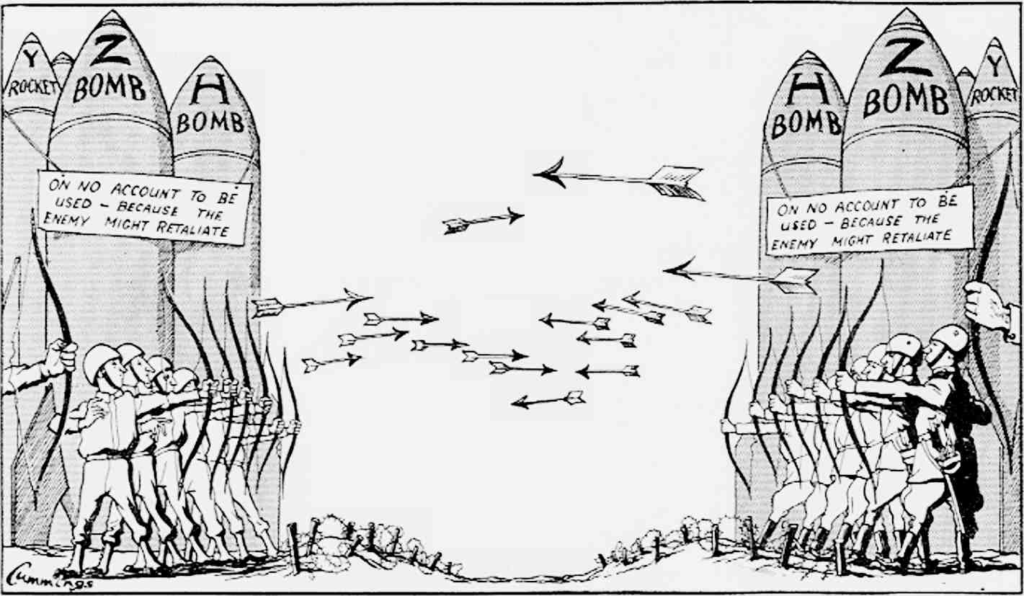

“The only absolutely certain defence against the hydrogen bomb is to be where it isn’t. And even then there is danger from its radioactive fallout unless you’re far enough away.” – Unknown US FEMA Official
Civil Defence in Canada has been a rather spotty, hit-and-miss process since its very beginning just prior to WWII. What began as the Air Raid Precautions service evolved into a Civil Defence Organization (later Emergency Measures Organization) in the 1950s and early 1960s meanwhile going through many titles and being assigned to a variety of federal departments. Sometimes when public interest was high during various threatening international crises it was reasonably funded, but more often than not funds and interest from co-responsible departments was minimal. In the 1980s Civil Defence arrangements were funded at about 25 cents person contrasting with the Swedish and Swiss allocations of about $20 per person. The plans developed by officials were quite good; their funding and thus implementation not so much so.

“It is only prudent that we should make plans in peacetime for carrying on government should war come, and prepare the measures which will be necessary under such circumstances in order to supply our people with the necessities of life and to keep the nation together as an economic and political entity.” – Prime Minister Diefenbaker
With that 1958 announcement to the House of Commons of the need for a Continuity of Government Program (along with a few scant details of its configuration and functionality), the Diefenbaker government of the day suddenly began to get more serious about the defence of Canada. The response to the ever-growing possibility of a devastating nuclear attack where the effects would not just involve our neighbour to the south and our military forces but would directly have significant ‘impacts’ on our people, our infrastructure and our political masters was accompanied by notable sense of urgency (and more importantly the dedicated financial and other organisational resources required to expeditiously respond).
EMERGENCY GOVERNMENT FACILITIES
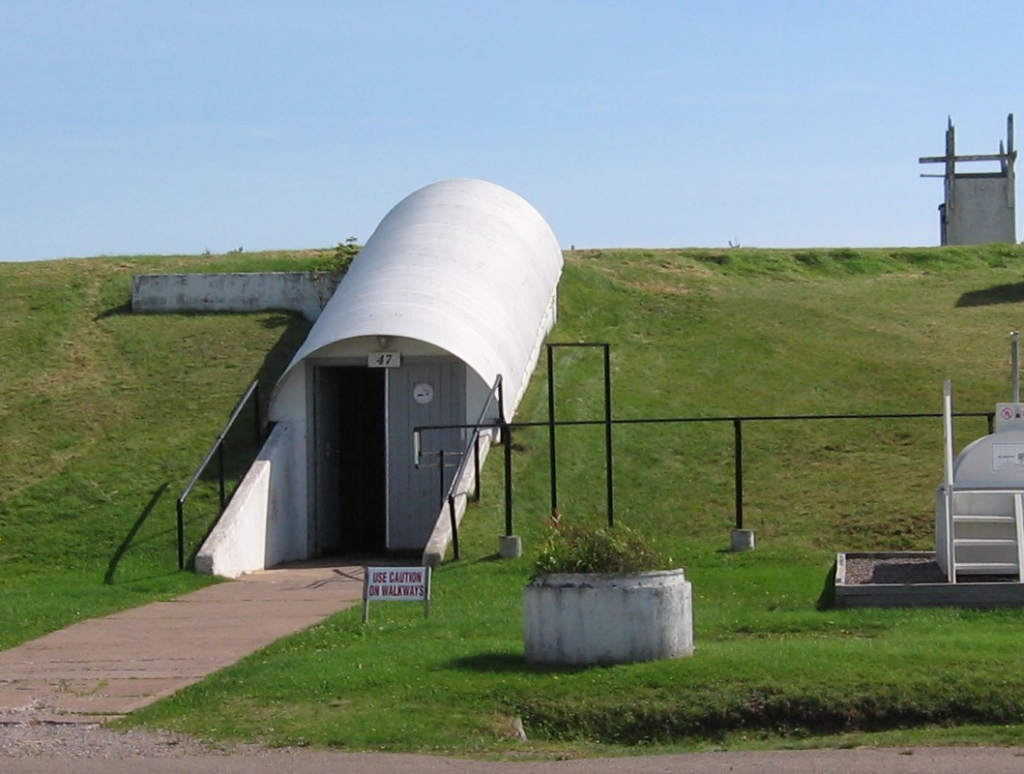
“It is therefore recommended that steps should be taken now to develop an emergency government organization comprising a federal emergency headquarters in each province that would include both a federal and a provincial component as well as an army component, and possibly a number of sector headquarters in each province. The various headquarters would be interconnected by an integrated, government communications network so designed as to permit the exercise of either decentralized or centralised control.” -Prime Minister Diefenbaker
While the details of the primary components of the Continuity of Government Program (the actual Emergency Government Facilities for various levels of government) were understandably not initially described in detail and while the selection of appropriate locations for the facilities and the engineering to build them had not yet been sorted out, the international situation and the seriousness of the threat leant an uncharacteristic expediency to federal government decision-making and action-taking. Plans for the system of facilities and the telecommunications to connect/support them were developed and over the next seven years many of them were actually constructed. The result was that the ‘flag-ship’ Central Federal ‘bunker’ at Carp, Ontario was built and equipped within two years – an amazing speed for such a project. The Regional/Provincial bunkers took much longer (five plus years) to construct! In fact they were not all completed as a result of a Trudeau (the 1st!) 1968 cabinet decision.

“The Canadian Army has received approval to construct an Experimental Army Signals Establishment in the area of Carp, Almonte, and Arnprior. This will involve a number of transmitting and receiving facilities and buildings to service them.” – Unknown DND Official
The heavily reinforced concrete underground blast resistant structure that was to become known as the “Diefenbunker” was built in Carp, Ontario between 1959 and 1961. It was designed to house a small (a few hundred) group federal elected and appointed officials and limited support staff for up to 30 days. If they survived (the facility could have been a prime nuclear target), these select few would have attempted to gather as much information about the impact of an attack on Canada, its people, resources, etc., to try and devise plans for “recovery” in the aftermath. The structure itself was remarkably built on time and on budget given the complexity of designing for what were largely unidentified and unquantified blast and radiation parameters. Equipping the building with the necessary telecommunications and other ancillary systems was a bit more complicated and time consuming.
IMAGES, VIDEOS, MUSIC, LINKS, BOOKS.
IMAGES – This part of the website displays a selection of images, diagrams, maps and still photos covering (albeit superficially) various aspects of Canada’s Cold war, as a general interest source. The example to the left is one of a series of pictures of former exhibits and displays at the Diefenbunker, CCWM, CARP, Ontario
VIDEOS – This part of the site has references to relevant videos and how to access them. One excellent source of such videos is the Prelinger Archives which is a US site) that contains an eclectic collection of such material. Another is the Canadian Broadcasting Corporation’s archives. Additionally there are other sources of individual videos, the access to which is described particular to its source. Example follows; -Prelinger Archives US 1955 Movie “About Fallout” Attempts to dispel many common myths and fallacies about radioactive fallout. https://archive.org/details/AboutFal1955
MUSIC – A sampling of Cold War Music includes (in my mind) a most relevant group “The Star Tools”. They were (are?) a rock and roll band of mostly medical doctors (including one of the Bunker’s keys founders, Dr. Barry Bruce. They helped many charitable organizations raise money at fundraising events in Ottawa and surrounding areas, including the Diefenbunker Museum. One of their projects was to produce a CD of songs from the Cold War era called Blastorama. It was recorded in the Diefenbunker’s original CBC Studio. There is also a selection of playable, dramatic and somewhat aggressive military band music for your enjoyment.
LINKS – A variety of applicable links (most described and commented upon) and some relevant books, pamphlets and articles that I have read or that have been recommended to me is presented here along with my (and others) comments, reviews and criticisms (if warranted). One useful link is to Fred Armbruster’s Civil Defence Museum at the former AL SASK Radar Station. Another link takes you to the Diefenbunker, Canada’s Cold War Museum located in a former underground federal government nuclear bomb resistant shelter in Carp, Ontario. https://diefenbunker.ca/en
BOOKS – A variety of applicable links (most described and commented upon) and some relevant books, pamphlets and articles that I have read or that have been recommended to me is presented here along with my (and others) comments, reviews and criticisms (if warranted).

During the period of the Cold War, Canada participated in twelve United Nations peacekeeping operations. According to Historian Jack Granatstein, about 125 000 Canadians have served on peacekeeping missions of which about 130 have died on duty. This section of the site briefly describes Canada’s participation in Peacekeeping operations and in particular the UN Military Observer Group in India/Pakistan (Kashmir) and my personal story of a year (1973) of service in that UN Mission as a military observer/peacekeeper.
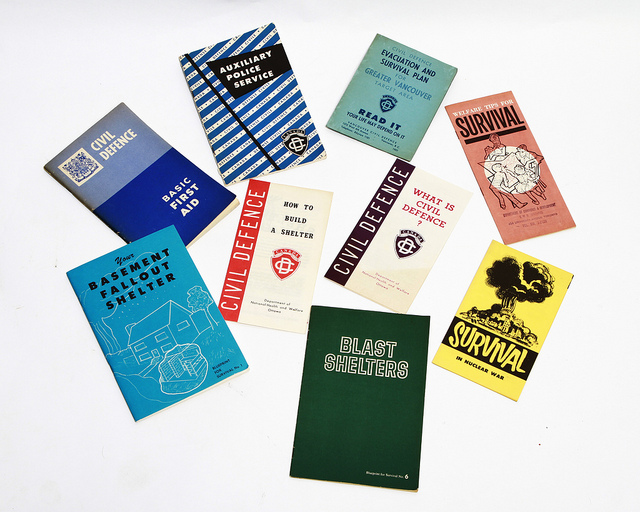
As appropriate, background information too long or complex to be included in the above texts is included in this part of the site. Include will be papers by academics, magazine and newspaper articles, government publications, pamphlets, studies, etc.
DIEFENBUNKER – Canada’s Cold War Museum (CCWM)
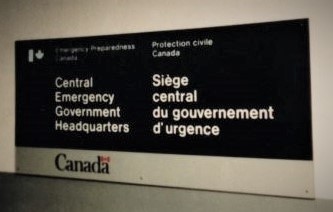
This part of the website discusses the history of events leading to the creation of the Diefenbunker as Canada’s most authentic location for a Canadian Cold War museum. It narrates the early and middle years of its evolution towards attempting to fulfill its mandate and some of the highlights on that road. As well it includes a brief summary of some of the salient personalities among the members and volunteers important to the development of the facility and the museum as an important Ottawa institution. Finally it describes some past exhibits and displays, some successful and some not so much so.
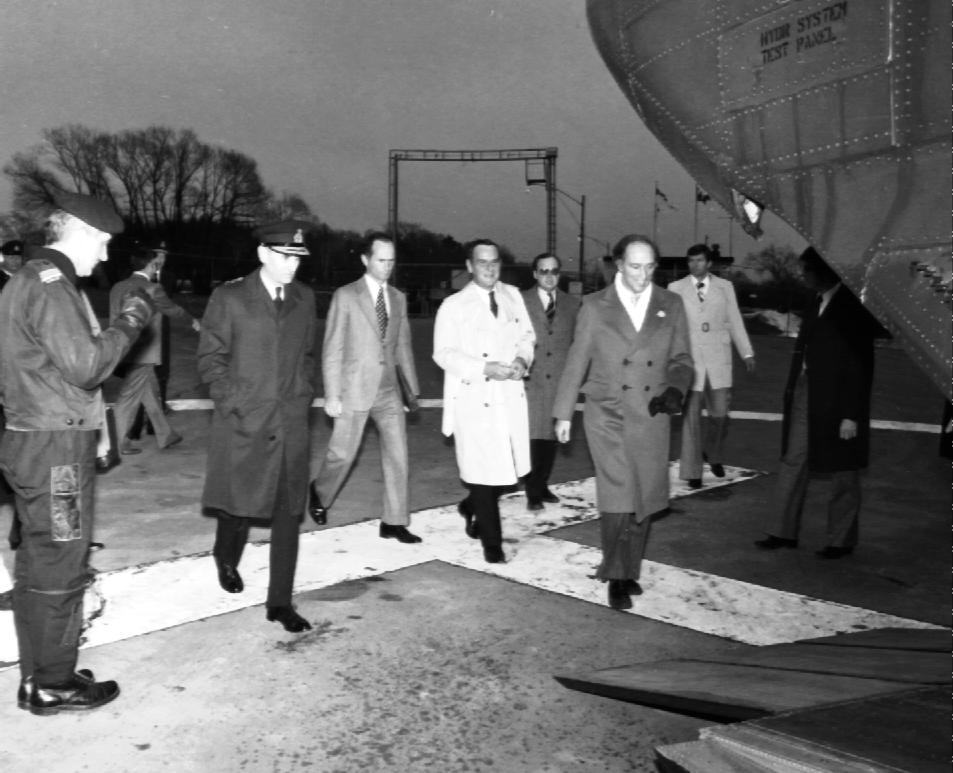
The BLOG Section contains some interesting, relevant but sort of peripheral articles about Canada and the Cold War in general, and some other pieces about the Diefenbunker in particular. From time-to-time it may also express my opinions which I will identify as such. Enjoy ! If you have anything ‘blog-suitable’ to submit please use the email davescoldwar@gmail.com to do so
PLEASE NOTE THE FOLLOWING COPYWRITE INFORMATION
Any content (original photos or text) which is displayed herein is for the strict viewing and educational enjoyment of those who visit this website. Other sites can link to content of this website or parts therein and must do so with appropriate and clear accreditation. The whole or any portions of photos and/or text herein or local to this website (i.e. which extend from davescoldwarcanada.com) must not be copied nor reproduced without the explicit consent of the author J. David W. Peters at his email address as follows:

